Lithium-ion Batteries vs Lead-Acid Batteries for Electric 3-Wheeler
The electric 3-wheeler segment (E-rickshaws, E-autos, and E-loaders/cargo) forms the backbone of last-mile connectivity and local logistics in India. While lead-acid batteries have long been the traditional power source, the rapid shift towards lithium-ion technology is redefining performance, profitability, and sustainability in this sector.
Choosing the right power source is critical for maximizing earnings and minimizing downtime. Here, we break down the comparison across the three major electric 3-wheeler categories.
Lithium-ion vs Lead-Acid Batteries for E-Rickshaw
E-rickshaws are the workhorses of short-distance passenger transport, requiring consistent daily operation and quick turnaround times.
| Feature | Lead-Acid Battery | Servotech Lithium-ion Battery | Direct Impact on Driver |
| Weight | Very Heavy (High dead weight) | Extremely Lightweight (3x lighter) | Increased Payload: Can carry more passengers or cargo legally and safely, increasing daily revenue. |
| Charging Time | 8–10 hours (Requires overnight stop) | 3–4 hours (Allows for quick midday boost) | Zero Downtime: Faster charging means more running hours per day, directly boosting income. |
| Life Cycle | Short (Approx. 300–400 cycles) | Long 1200+ cycles) | Low Replacement Cost: Fewer replacements over the vehicle’s life, significantly reducing operational expenses. |
| Efficiency | Low (Energy loss during charge/discharge) | High (Near-zero energy loss) | Longer Range: Greater distance covered per charge, eliminating range anxiety and serving more routes. |
Export to Sheets
For the E-rickshaw driver, the move to lithium-ion is a clear trade-off: higher upfront cost for drastically higher daily earnings and lower long-term maintenance.
Lithium-ion vs Lead-Acid Batteries for E-Auto
E-autos operate on longer routes and at higher speeds than E-rickshaws, making sustained performance and superior thermal management essential.
The key differentiation for E-autos lies in sustained performance and safety:
- Consistent Power Delivery: Unlike lead-acid batteries, which experience significant power fade as the charge drops, lithium-ion batteries provide maximum power until nearly fully discharged. This means the E-auto can maintain better speed and torque, especially on inclines, throughout the entire shift.
- Safety and Thermal Stability: Servotech’s advanced lithium-ion packs include a sophisticated Battery Management System (BMS) that actively monitors temperature, voltage, and current. This is critical for E-autos that face frequent, prolonged use in varied climates, significantly mitigating risks of overheating and maximizing longevity.
- Space Utilization: The compact size and modular nature of lithium-ion batteries allow them to be integrated more cleanly into the E-auto’s design, often freeing up crucial space for the driver or passengers, enhancing comfort and vehicle aesthetics.
Simply put, a lithium-ion powered E-auto offers a professional, reliable, and consistent service experience, setting a higher standard for urban mobility.
Lithium-ion vs Lead-Acid Batteries for E-Cargo and E-Loader
E-loaders and E-cargo vehicles rely entirely on their ability to carry weight over distance, making the efficiency gains from lithium-ion batteries paramount.
The financial decision for an E-cargo operator hinges on three factors where lithium-ion technology is unmatched:
- Maximum Payload Capacity: By being significantly lighter than a comparable lead-acid setup, Servotech’s lithium-ion battery directly increases the vehicle’s legal payload limit. More cargo carried per trip equals fewer trips and higher efficiency.
- Hill Climbing and Torque: Carrying heavy loads requires consistent, high torque, which lithium-ion technology delivers reliably. Lead-acid batteries often struggle under heavy load, particularly on slopes, impacting delivery schedules.
- Resistance to Vibrations: Commercial cargo vehicles face rougher roads and constant jarring. Servotech’s lithium packs are housed in rugged casings designed to resist vibration and shock, offering superior durability compared to the fragile lead plates in traditional batteries.
The improved payload, consistent power, and robust durability mean that the Total Cost of Ownership (TCO) for an E-Loader running on lithium-ion is substantially lower, ensuring faster ROI for the business owner.
Introducing Servotech Electric 3 Wheeler Lithium-ion Battery
Servotech Renewable Power System Limited brings years of industry experience and innovation in high-tech power solutions, including solar systems and advanced EV charging infrastructure. Leveraging this expertise, we have engineered a dedicated line of premium lithium-ion batteries specifically designed for the demanding Indian electric vehicle market. Our commitment to quality, performance, and long-term support makes us a trusted name across the energy sector.
The electric 3-wheeler segment (E-rickshaws, E-autos, and E-loaders/cargo) is the backbone of India’s local logistics and last-mile connectivity. While many still rely on older lead-acid technology, the future belongs to lithium-ion, and Servotech is leading this transition with the launch of its flagship lithium-ion battery for electric 3-wheelers.
Partnership Opportunity: Why Choose Servotech 3-Wheeler Lithium-ion Battery?
OEMs, E-3 Wheeler Manufacturers, and Battery Distributors/Dealers partners with Servotech for the future of clean mobility.
For Electric 3-Wheeler OEMs:
- Customization & Integration: Access to our engineering expertise for seamless integration of the 51.2V/105Ah and 64V/105Ah battery into your specific vehicle designs.
- Reliability & Warranty: Partnering with a company known for quality and backed by strong industry experience guarantees reliable performance, enhancing your vehicle’s brand value and reducing warranty claims.
- Scalable Supply Chain: Assurance of high-volume, consistent supply necessary to meet growing production demands.
Conclusion: Powering the Future of Last-Mile Mobility with Servotech
The data is clear: for every segment of the electric 3-wheeler market—be it E-Rickshaw, E-Auto, or E-Cargo—lithium-ion technology offers a superior, more profitable, and sustainable solution.
Servotech’s lithium-ion batteries are engineered for the demanding Indian environment, providing the range, safety, and reliability needed to make your electric 3-wheeler not just a mode of transport, but a high-performing business asset.
Ready to upgrade your ride and maximise your earnings? Choose Servotech: The King of Battery Power.

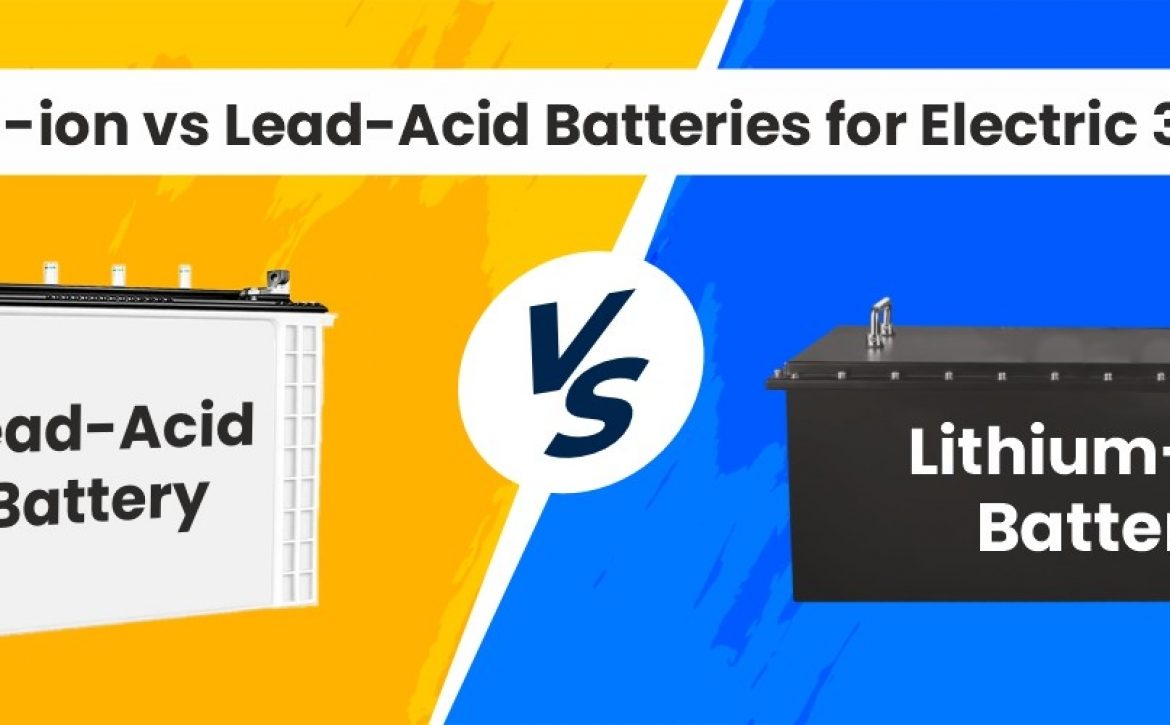
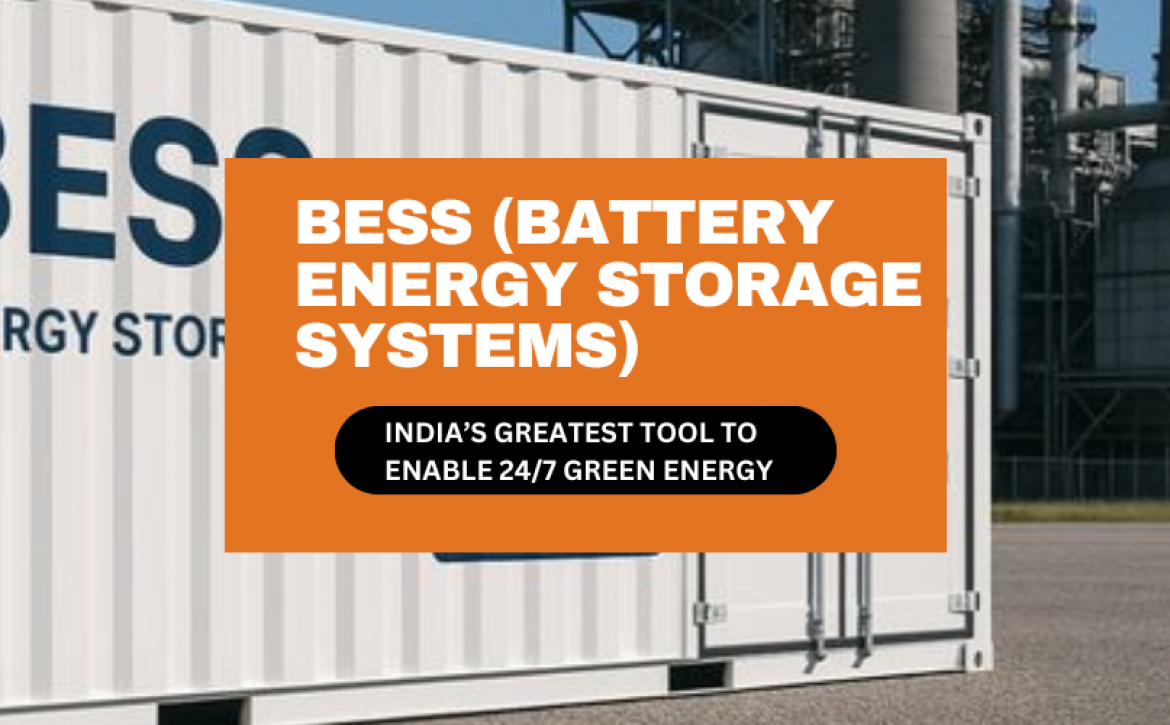




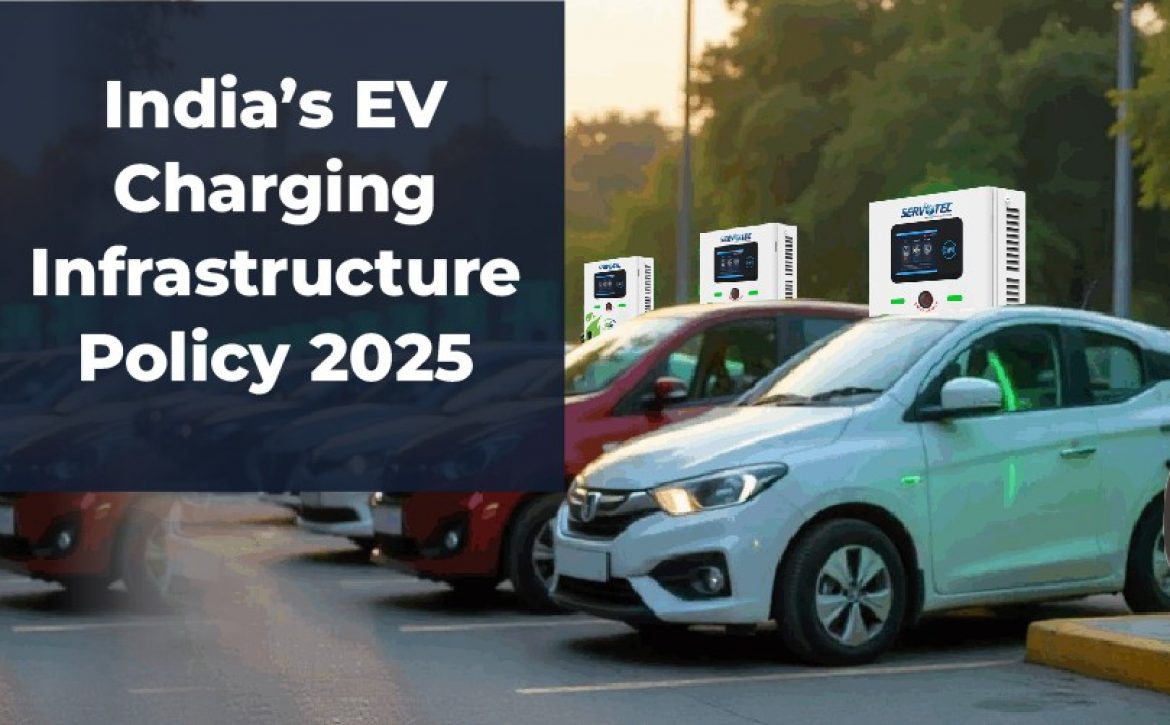
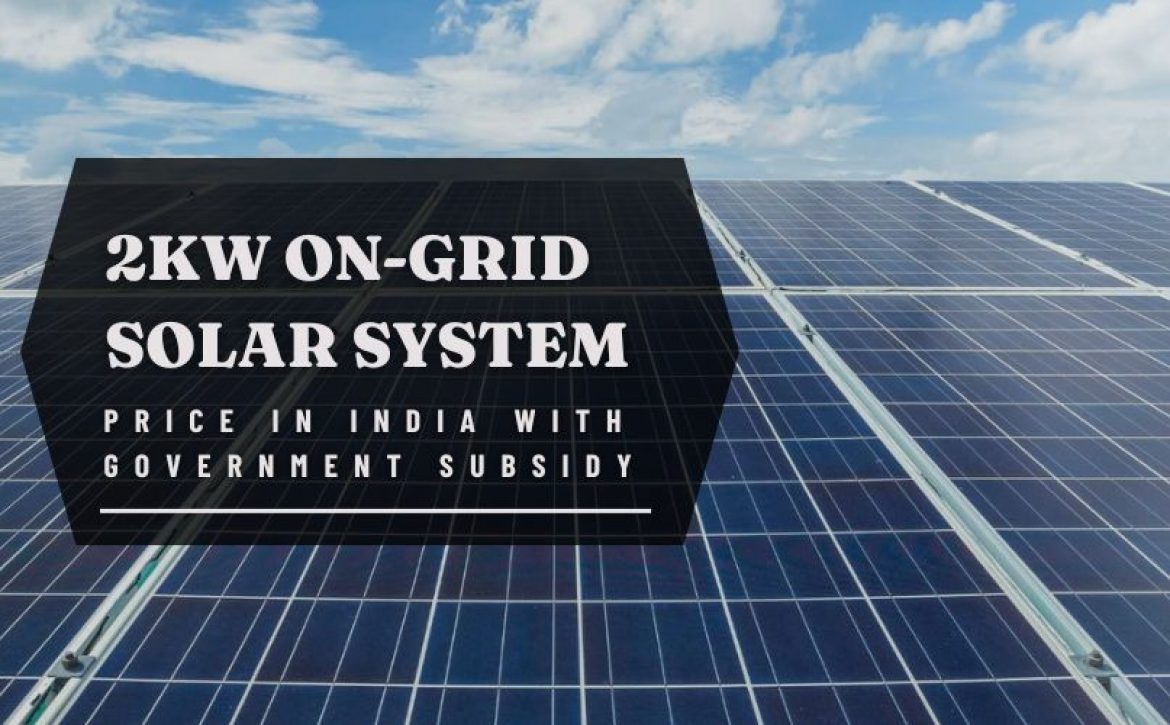
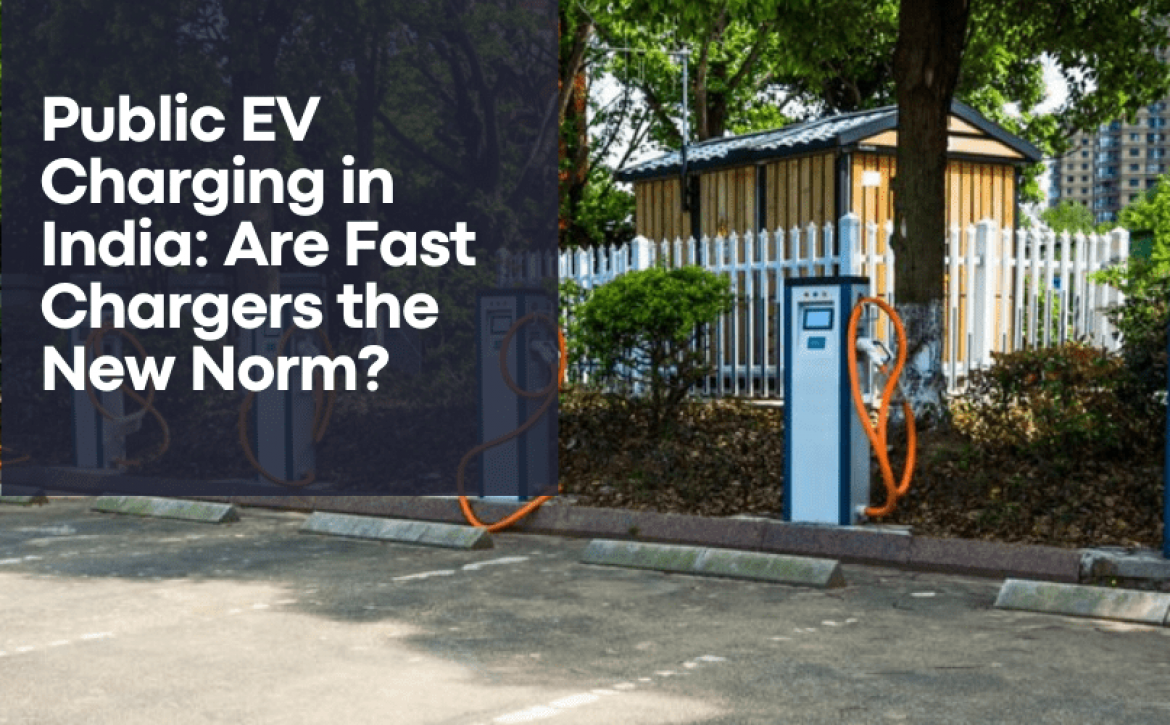
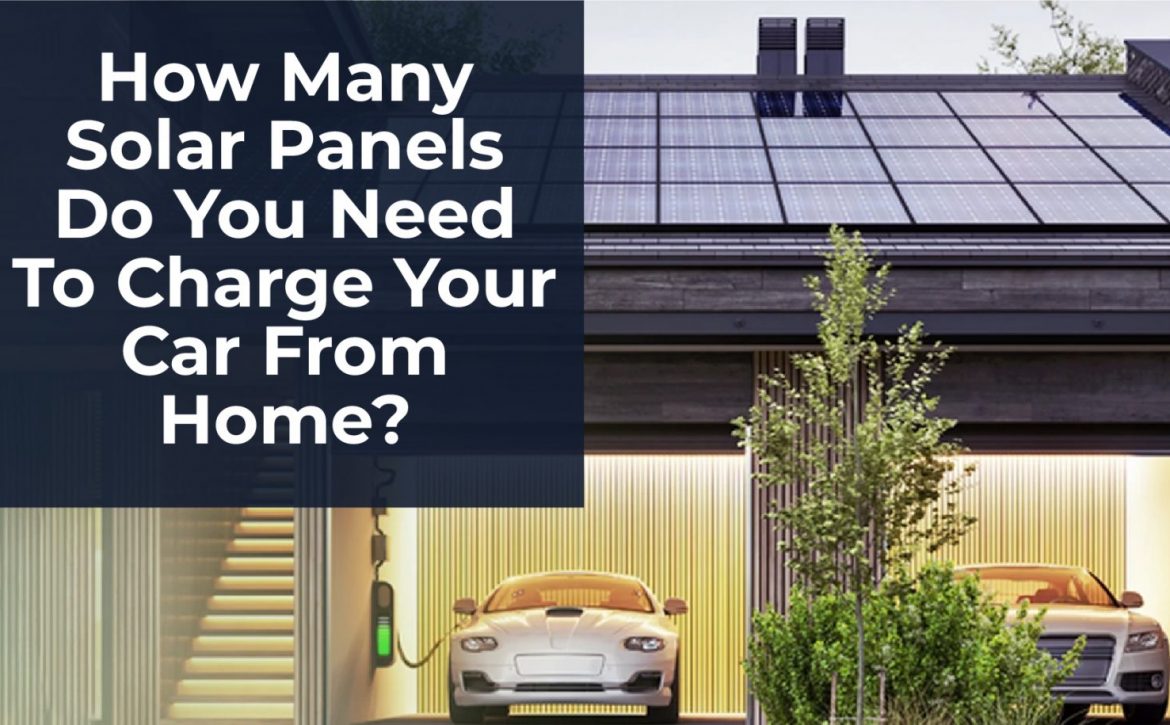
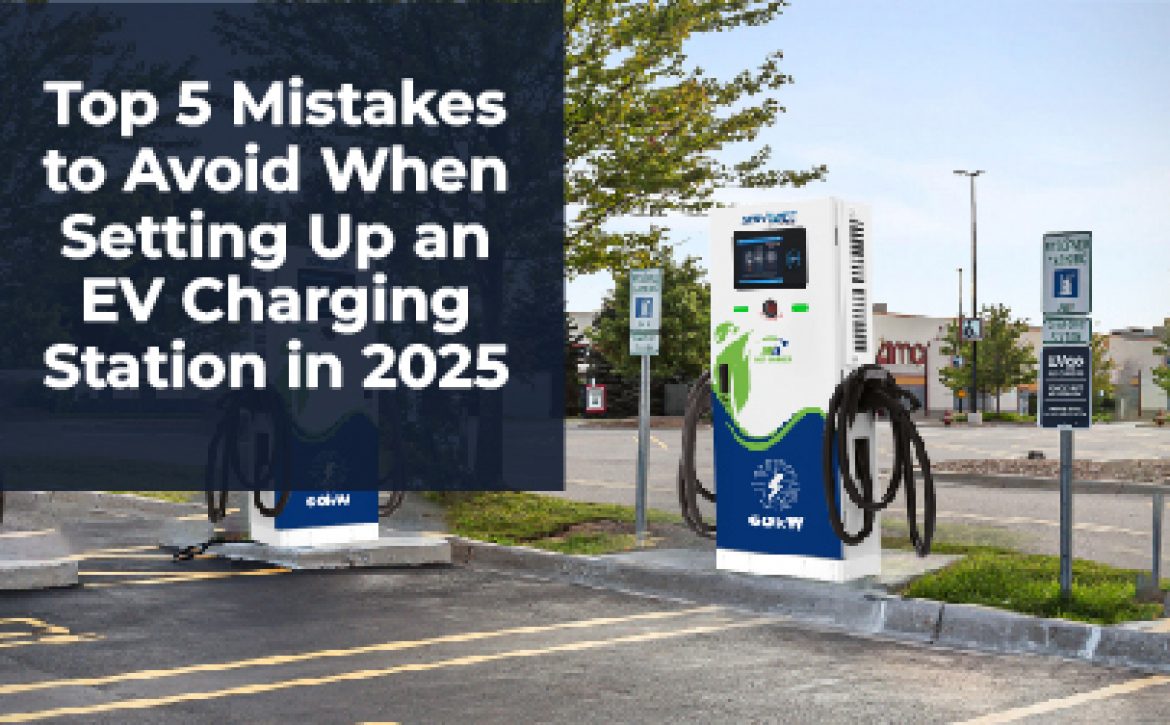


 Get Quote
Get Quote




